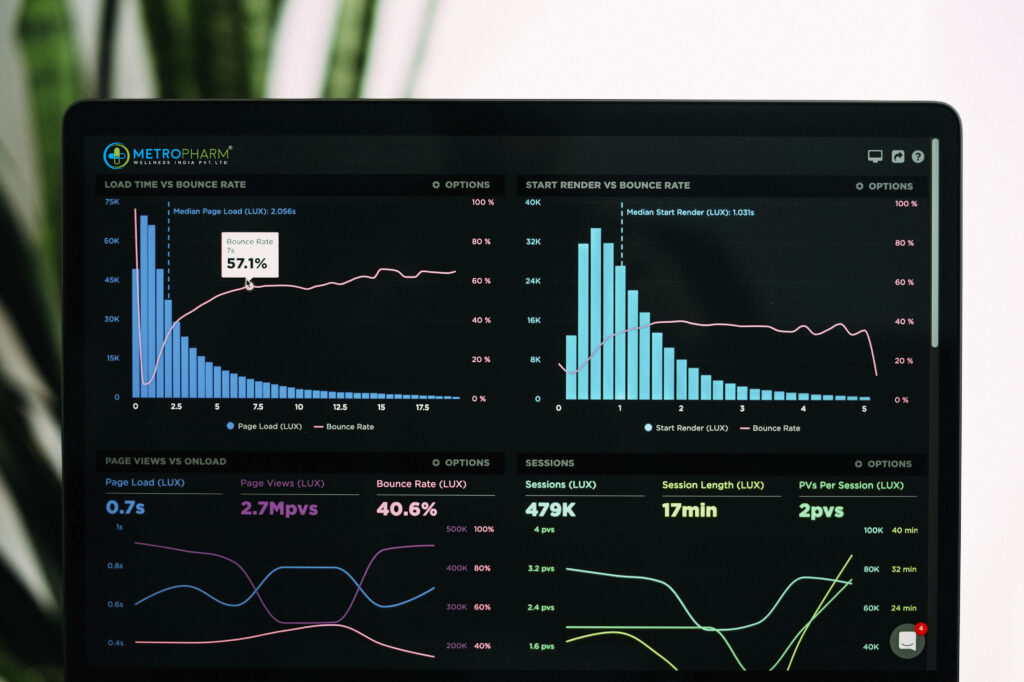
Big Data in the pharmaceutical industry: benefits and applications
In these difficult times, the pharmaceutical industry has found itself at the forefront of unparalleled problems. First and foremost, the chaotic periods of the medical crisis produced by the Covid-19 pandemic, during which we were forced to react in a never-before-seen situation with unprecedented speed.
A huge amount of pressure was placed on the pharmaceutical industry at all levels and sectors, from giant pharmaceutical firms to the supply chain, international and domestic authorities, and smaller neighborhood and regional pharmacies. The distribution network has amazingly well survived the shock: we can now say that with confidence. Nevertheless, pay special attention: the industry’s players and managers must not limit themselves to emergency preparedness.
In reality, certain trends have evolved during this long and complicated period that plainly guide us toward a new normal. New ideas, operational tools, and a new attitude have emerged, and they are here to stay that are becoming more solidified. New chances arose from an unparalleled global crisis, to use a phrase. So, what’s driving all of these shifts? Transformation to the digital world What about the engine’s fuel? Data. This article is about Big Data in the pharmaceutical industry, including its many applications and advantages. We’ll start at the beginning and work our way up.
Big Data and the Pharma 4.0 Revolution
So, as promised, let’s begin from the beginning:
“Big Data” is defined as “elevated, high-velocity, and/or high-variety data assets that necessitate cost-effective, innovative data processing to provide better insight, decision-making, and process automation.”
This is how Gartner defines Big Data. But let’s take it a step further: what kinds of data can businesses collect? It’s tough to make a comprehensive list, but we must first establish a border between data linked to internal company activities (for example, manufacturing, sales, and people management) and data connected to client planning and coordination. We can split the latter into the following macro-categories:
- Behaviors, ideas, attitudes, likes, and lifestyles are all examples of psychographic information.
- Demographic Data: information regarding age, gender, marital status, employment, and income status.
- Geolocation is a type of geographic data. A key theme, particularly for individuals in the pharmaceutical industry (pharmacies in particular) who rely on closeness to do business.
- Behavioral Data: information gleaned via cookies about users’ web browsing habits.
- Contextual Data is a broad term that refers to the context and entire environment, ranging from news to emotion to market changes.
- Data collected immediately from users and customers by a business (or a pharmacy), for instance via CRM (Customer Relationship Management) systems.
Age, gender, marriage status, employment status, and income status are all examples of demographic information. Of course, internal Big Data and Big Data that is used externally have different uses, conveniences, and advantages. Both sides, though, are crucial. Above everything, knowing how to combine them is critical. That’s where the so-called Pharma 4.0 revolution begins, which, to put it succinctly, is the introduction of Industry 4.0 logic and dynamics to the pharmaceutical companies.
The sector is wide, ranging from increasingly sophisticated and computerized manufacturing plants to R&D departments and distribution systems. However, this is an innovation process that must include the national healthcare system as well as the full chain of pharmacies in the area.
In brief, Big Data in the pharmaceutical industry serves as a springboard for a more tailored and “close” dialogue between the pharmaceutical firm and the individual, as well as between the doctor, the pharmacy, and the patient. As you can expect, the subject is vast. Now we’ll look at several key Big Data applications in the pharmaceutical industry, as well as their benefits. We’ve opted to synthesise them in 4 major sections, each covering topics that are purposefully extremely different from one another, in order to offer you a sense of a very comprehensive overview. We’ll start with research and development, then move on to Digital Healthcare, documentation fragmentation, and lastly, new – increasingly individualized – patient interaction.
Research and development
Consider the creation of Covid-19 vaccinations. Consider the vast amount of sensitive and sophisticated data and information involved in this study. Consider how important it is to avoid making mistakes. To assess and re-calibrate the results. To connect among centers that are situated in diverse, often far-flung locations. And, above everything, to complete all of this in a timely manner. Consider all of this, and you’ll get a clear picture of the pharmaceutical industry’s critical need for Big Data analysis and interpretation.
But what do all of these aspects have in common?
- Unprecedented optimization.
- Cost reductions across the chain.
- Multiplied efficiency.
Digital Health
What exactly do we mean when we say “digital health”? People’s health and well-being using digital technologies, a topic that walks a fine line among pharmaceutical and fitness. Here are a few specific examples:
- Health-related apps for smartphones.
- Wearable technology: Takeda Pharmaceuticals, for example, is developing a depressive illness app for the Apple Watch (source: Cambridge).
- Alternatively, an industry behemoth like Roche has created a sensor that can be implanted under the skin and continuously monitors diabetes patients’ blood glucose levels (source: eversense).
- Sensors that can be ingested, such as those investigated by Proteus Digital Health.
- Project Blue Sky is a joint venture between Pfizer and IBM that intends to continually monitor Parkinson’s syndrome patients in real time using a combination of sensors and mobile devices (source: IBM).
